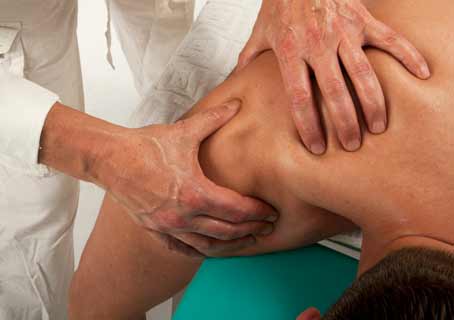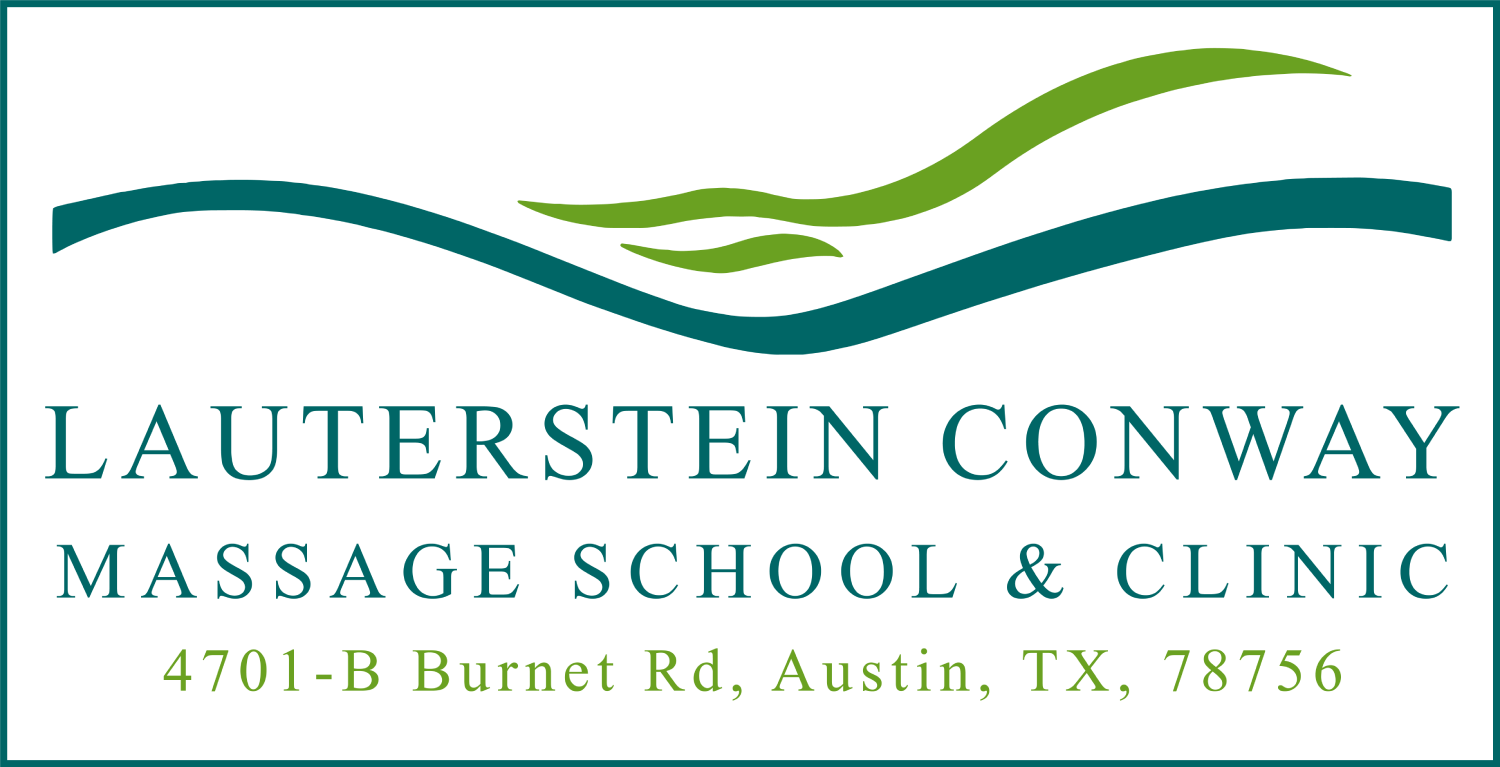 Orthopedic Evaluation and Treatment of Shoulder Injuries and Muscle-Specific Deep Tissue Work for the Shoulder Girdle and Paraspinals
Orthopedic Evaluation and Treatment of Shoulder Injuries and Muscle-Specific Deep Tissue Work for the Shoulder Girdle and Paraspinals
by Brian Utting
Orthopedic healthcare practitioners often do an excellent job of locating and treating the exact site of an injury or lesion. However, in some cases, they don’t take a more global, holistic view of the whole human being, and fail to see the numerous other components (structural, emotional, postural, nutritional, etc) that predispose our clients to injuries, and/or slow down their recovery from an injury.
Massage therapists, on the other hand, often like to treat the ‘whole human being’, but sometimes lack the specific knowledge and skills to pinpoint and treat the exact injury site. The best massage practitioners are capable of “thinking globally and acting locally”—that is, treating the whole human being and the specific injury.
Meanwhile, the phrase ‘deep tissue work’ is used in so many contexts that it’s hard to know what it means anymore. To some practitioners, ‘deep tissue’ simply means deep pressure. To others, it has more fascial, myofascial, or structural connotations. Muscle-Specific Deep Tissue work (MSDT) still works with the fascia, and uses deep pressure when appropriate, but is more focused and precise. Like structural work, it has a strategy, but it gets there by releasing the individual muscles as well as the broader fascial structures.
Muscle-Specific Deep Tissue work not only addresses the relationships (both fascial and muscular) between the muscles, but gets to the smaller stress points that are often passed over in a session. It’s liberating and feels wonderful when everything is released and working in harmony, and creates states of ease, balance, and deep relaxation. The work also cleanses the tissues, and supports improved local circulation.
We will unify the principles and techniques of orthopedic assessment and treatment of the shoulder with effective Muscle-Specific Deep Tissue work for the adjacent muscles and fascia. This combination is different from, but complementary to what is typically taught in massage school or elsewhere.
The shoulders are meant to float freely on the ribcage, held in elegant suspension by 16 muscles, but very often they are restricted, glued down, and in pain. Liberating some of the major anterior structures of the shoulder girdle (such as the pectoralis minor, subclavius, and subscapularis) helps to give your clients a feeling of ease and freedom in their shoulders that reaches all the way around to their back.
Working with the shoulder girdle from the side-lying position is not only deeply comforting and relaxing, it gives you excellent access to the structures of the shoulder, including the trapezius, rhomboids, latissimus dorsi, serratus anterior, levator scapula, subscapularis, infraspinatus, supraspinatus, pectoralis minor, and the surrounding fascia.
Muscle-specific work is also excellent for releasing bound up erector spinae and transversospinalis muscles, which are a major source of pain and limitation for our clients. The side-lying position gives you excellent access to some of the smaller muscles of the back (and their fascial wrappings)–muscles that are fundamentally important to our posture, movement, and well-being, but that are often completely missed in a standard massage. We sometimes think of side-lying work as primarily for pregnant women, but almost all of your clients can benefit from skilled side-lying work in this area, and it feels wonderful.
The small paraspinal muscles of the back (which are strong and are often quite tight) respond extremely well to the precision of Muscle-Specific Deep Tissue work; there are many muscles living alongside each other that rarely (if ever) get stretched and separated from each other. In addition, there are 50 bones (including the rib heads) and over 120 joints that benefit from having motion introduced into them once the fascial and muscular structures of the back are unglued. We all need to have these structures balanced and ‘cleaned up’ from time to time, just as we periodically go to the dentist to get our teeth cleaned.
These orthopedic and MSDT techniques offered in these classes will improve the precision and effectiveness of your back and shoulder massage, and can be easily integrated to your style of bodywork. Students who have taken these classes have reported that they helped to increase their precision, palpatory sensitivity, and effectiveness with their back and shoulder work. Clients love the results, feeling a newfound sense of freedom, ease, and release from pain in their backs and shoulders.
For more information check out Brian Utting’s Shoulder Workshop: Evaluation and Treatment of Shoulder Injuries & Muscle-Specific Deep Tissue Techniques for the Paraspinals and Side-Lying Shoulder
Sat & Sun, September 23-24
9:30am-6:30pm
$325 for both days or $195 for either
16 CE hours total – 8 CE hours each
**10% discount for TLC students/grads**
If you take both classes offered in Austin on September 23-24, you will know how to identify and treat some of the most common injuries to the shoulder, how to balance and create a supportive foundation for the shoulder girdle, and create states of deep relaxation for your clients.

